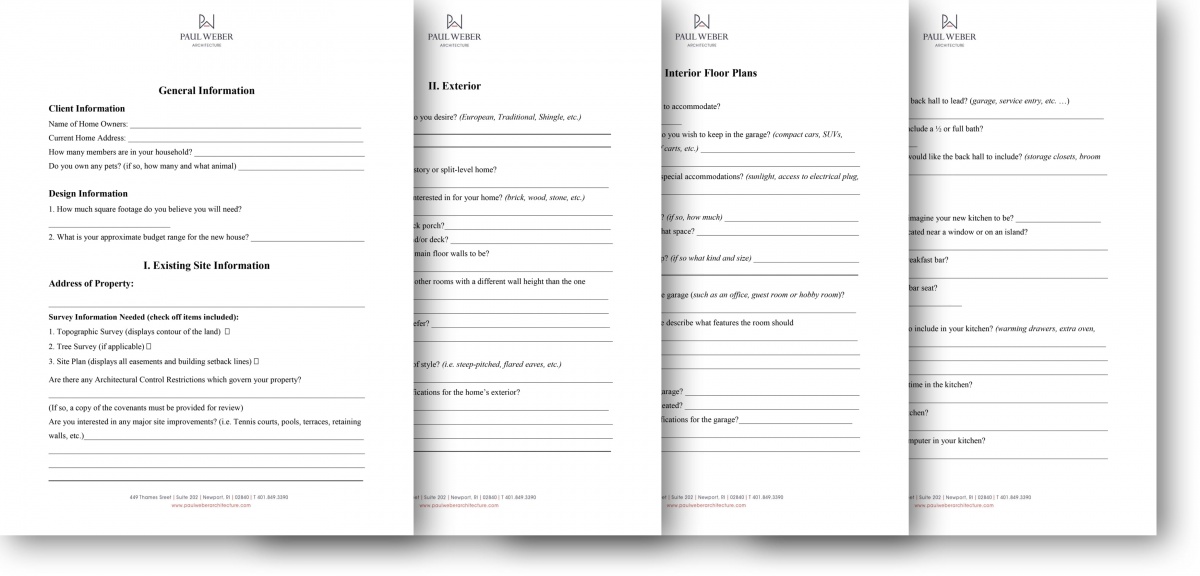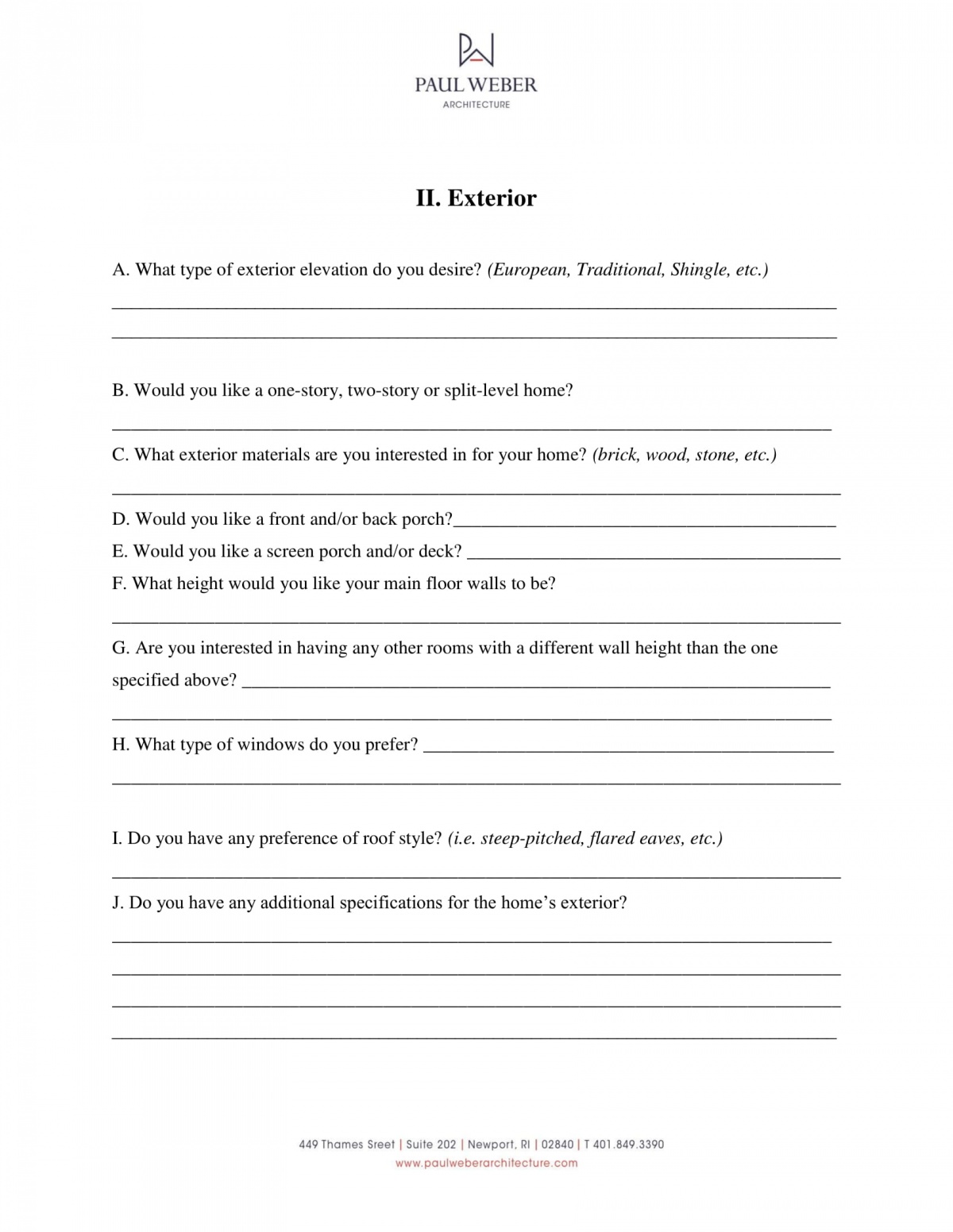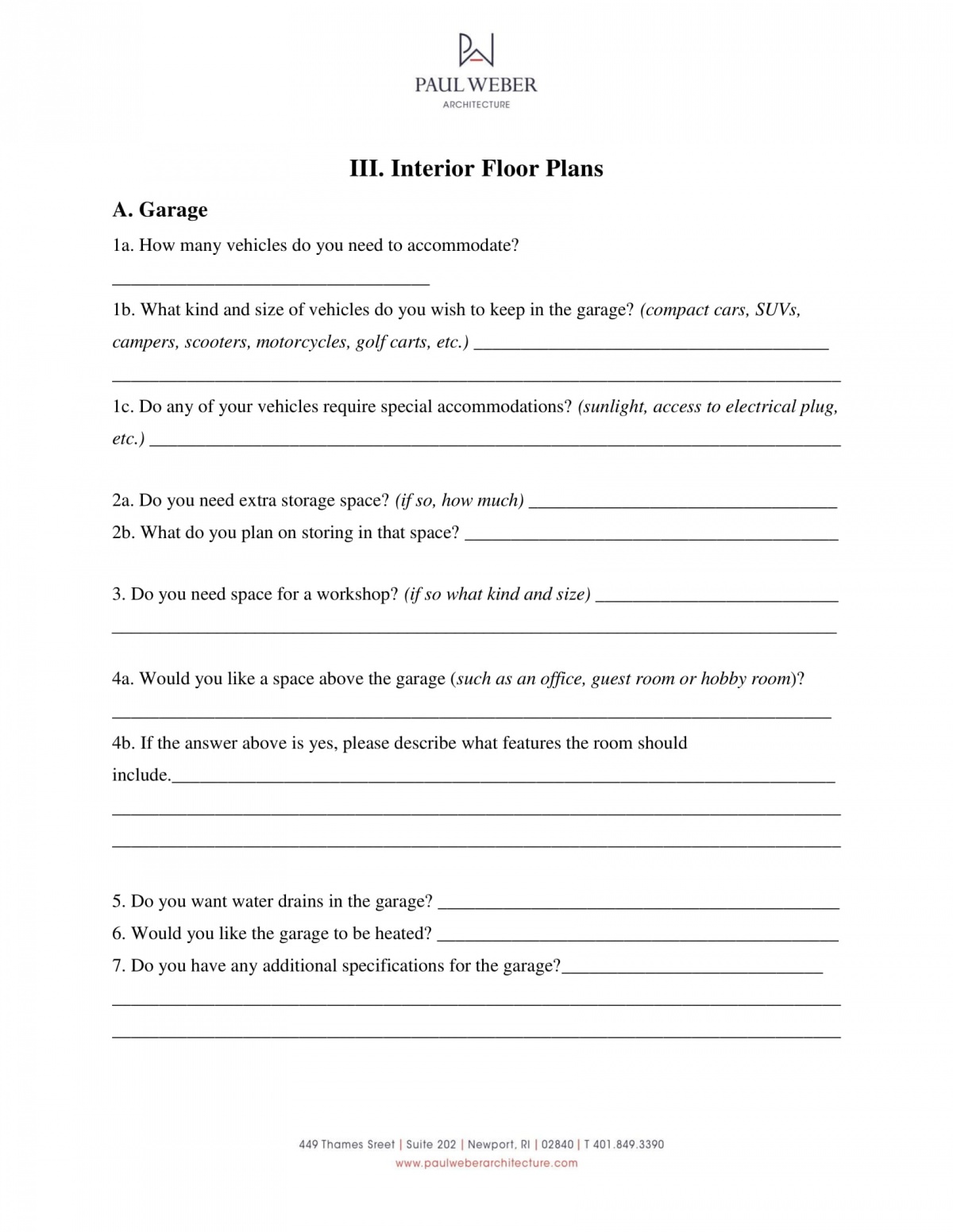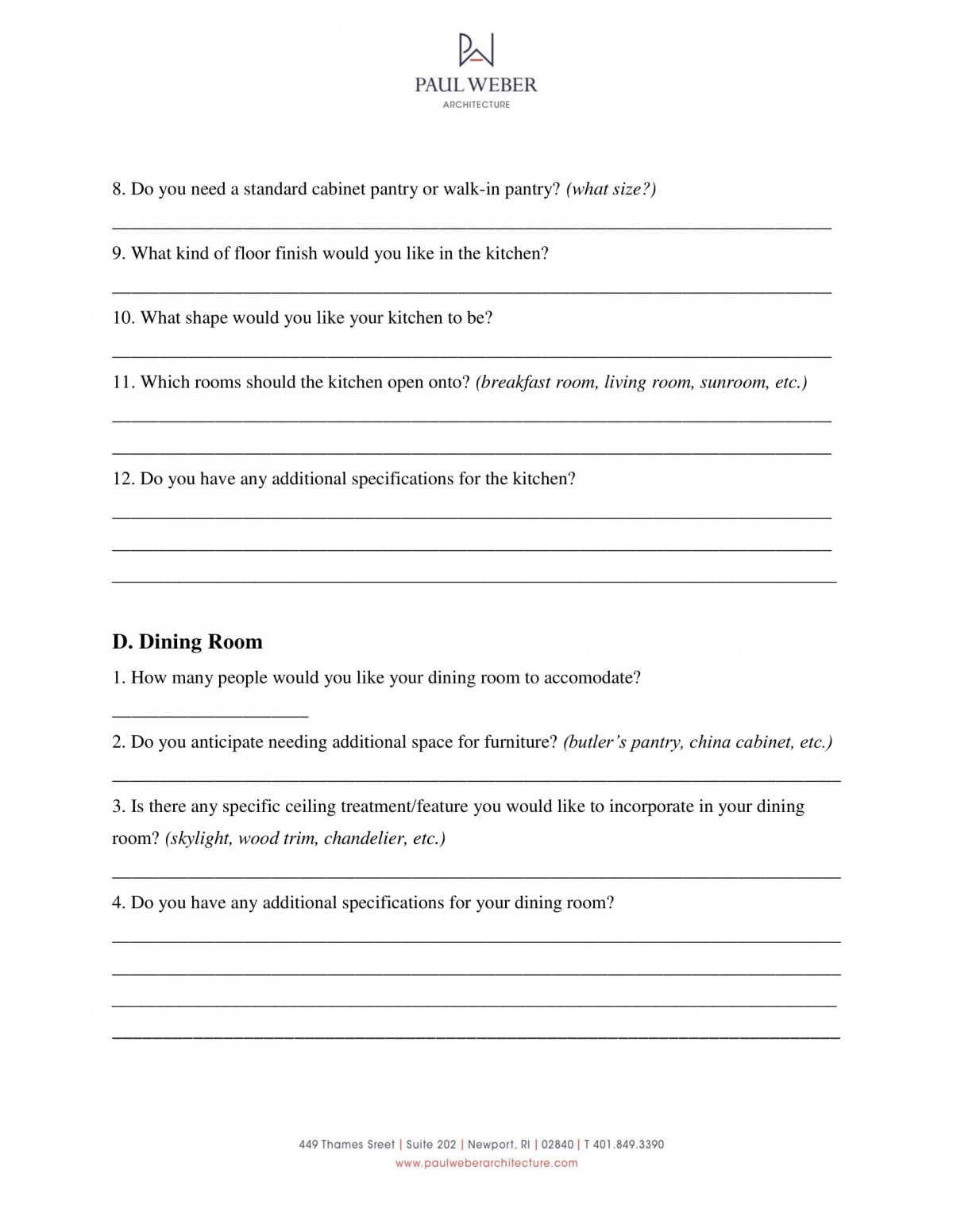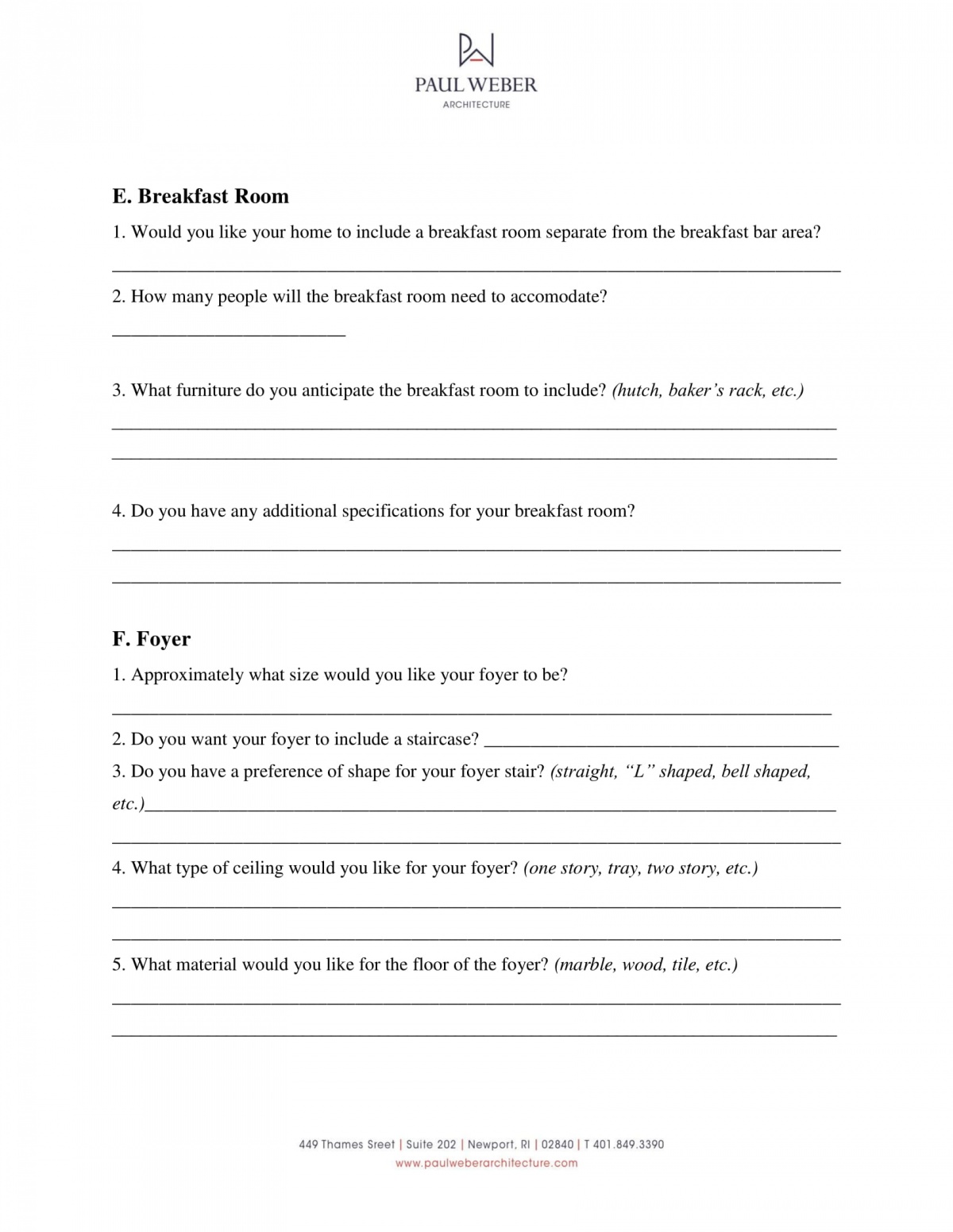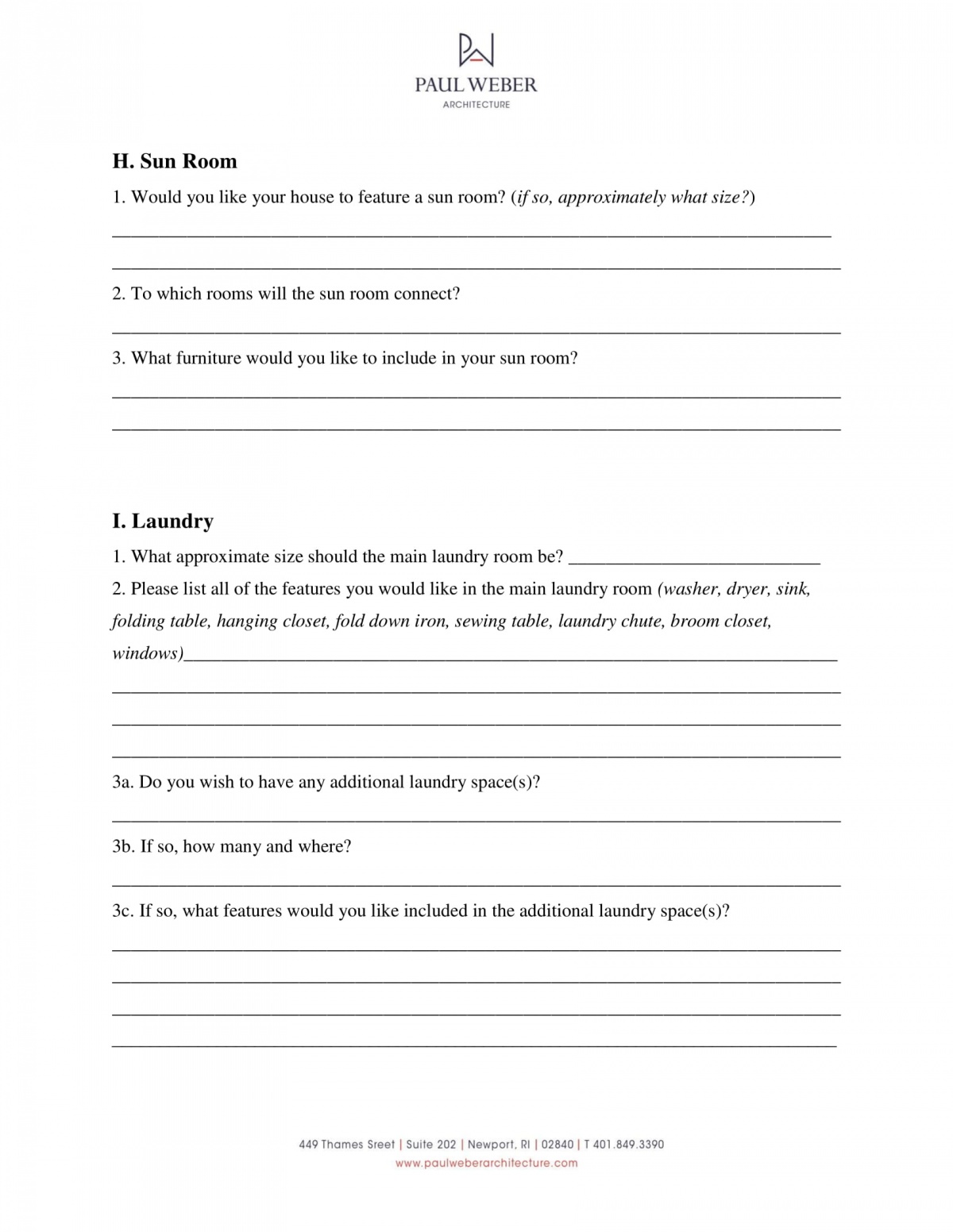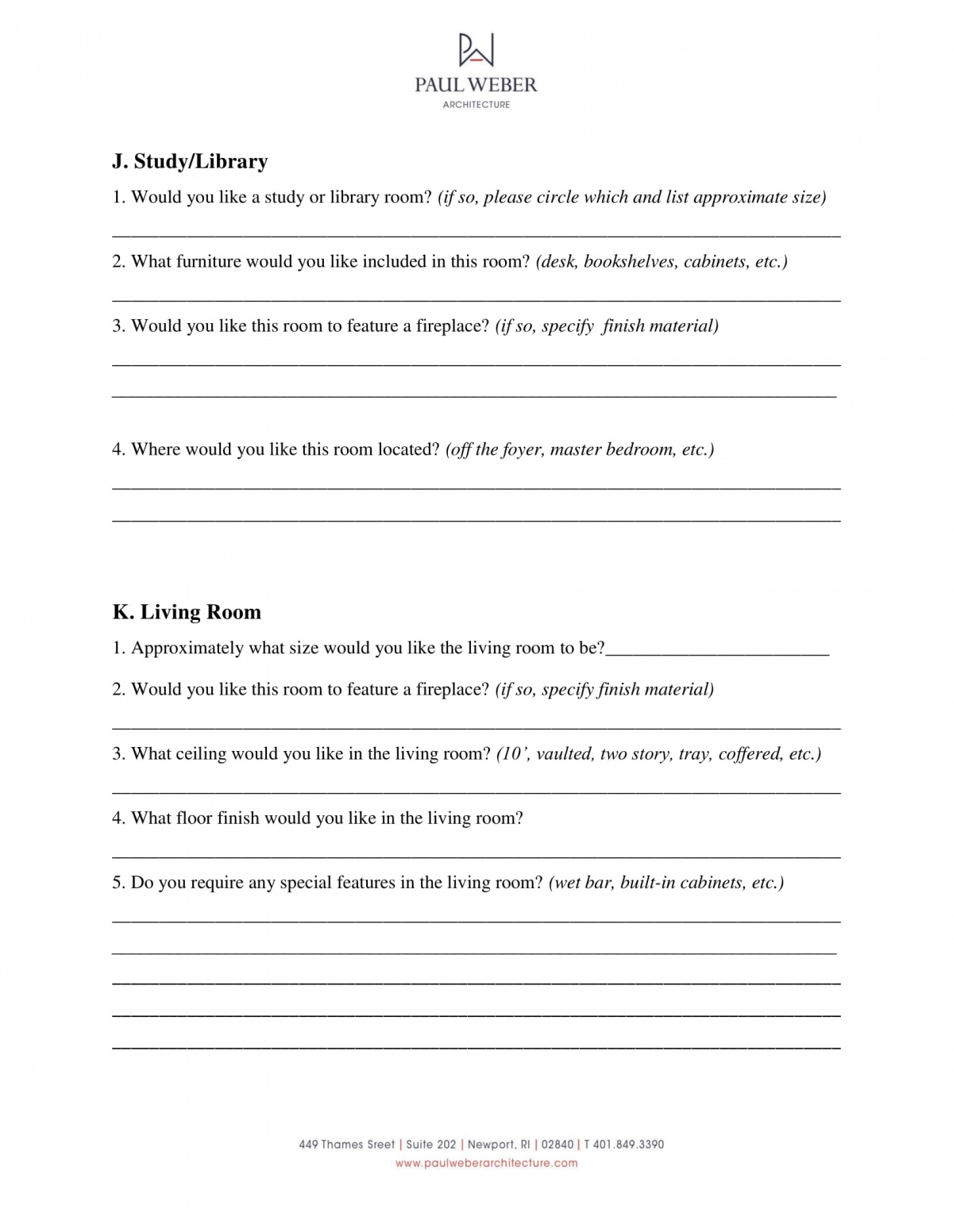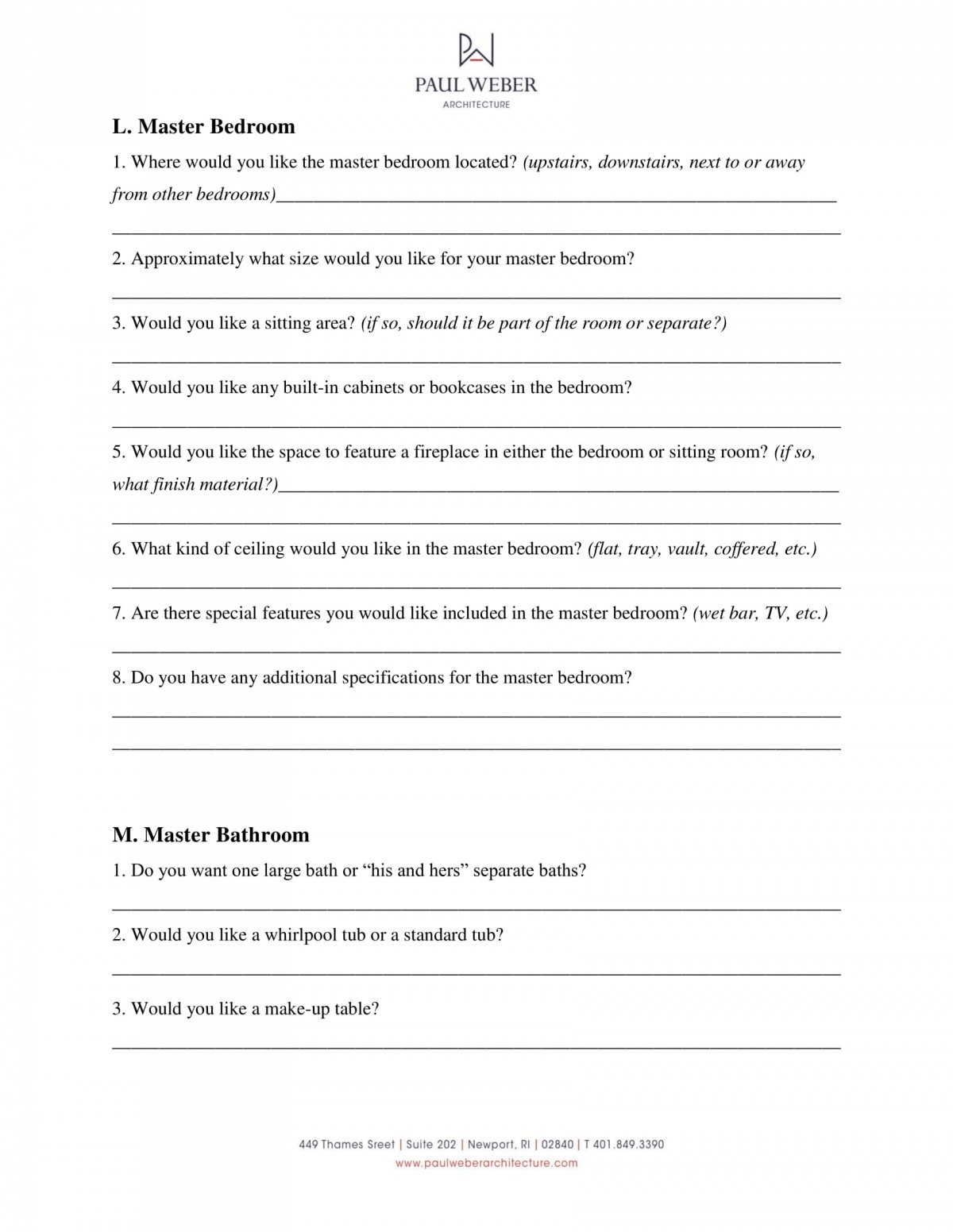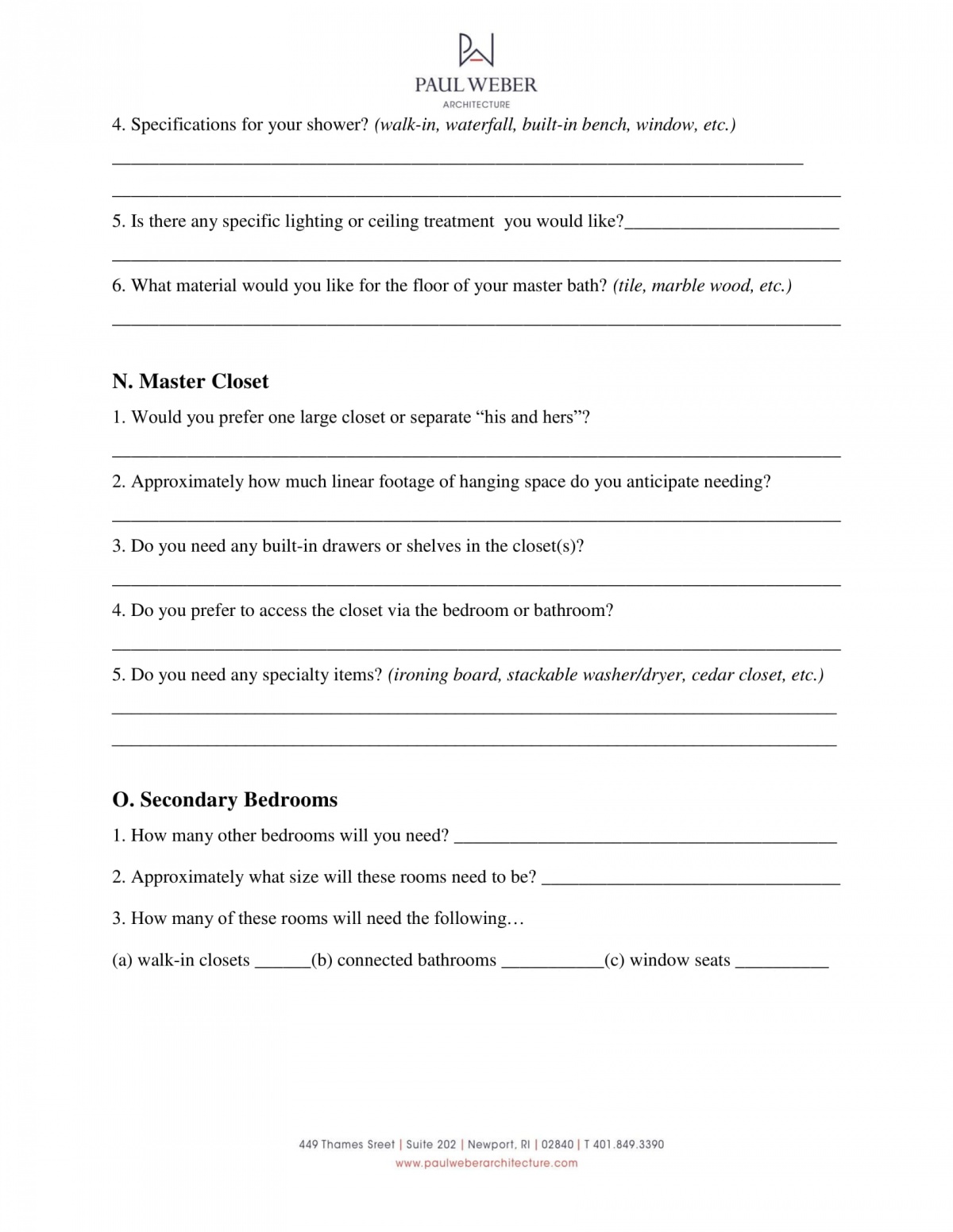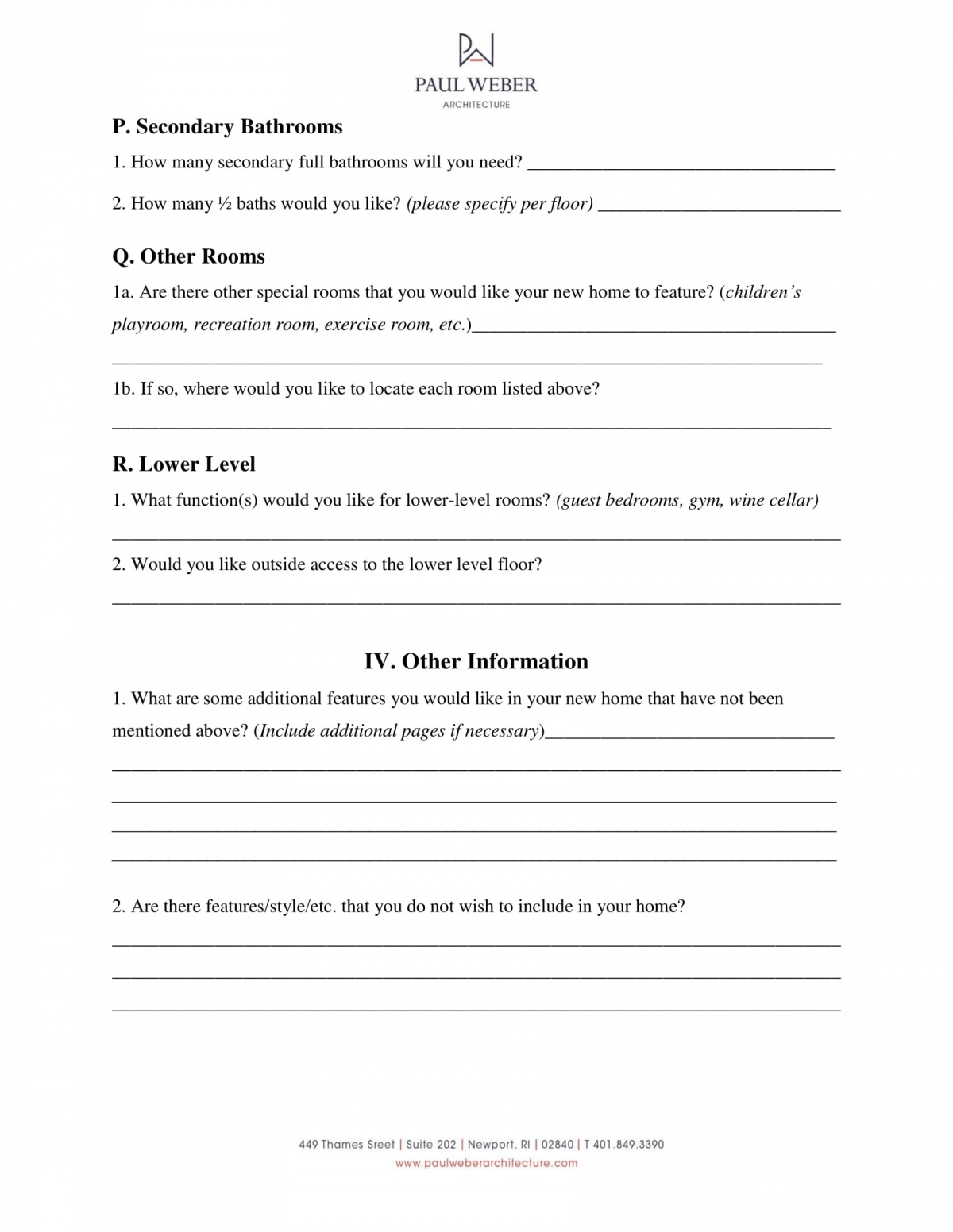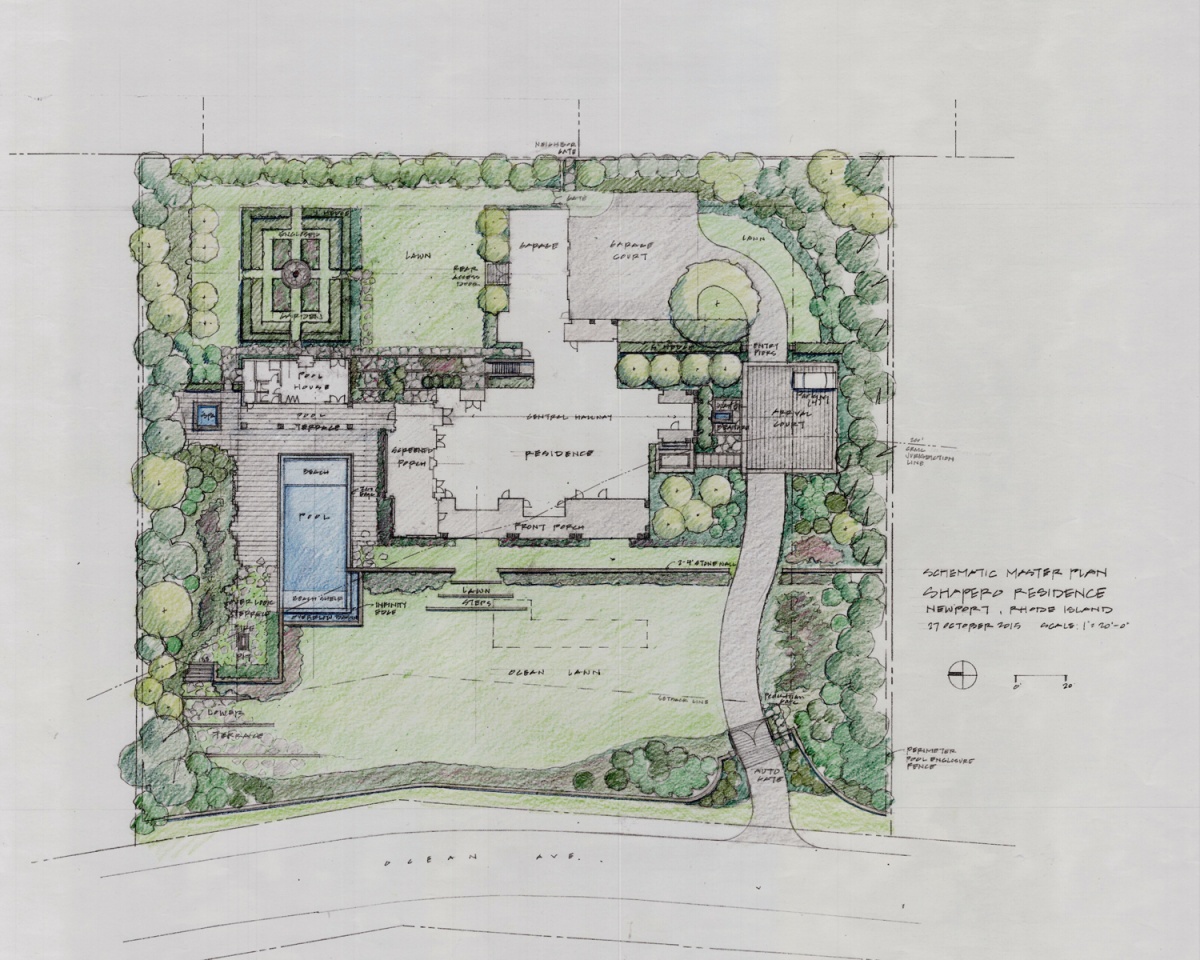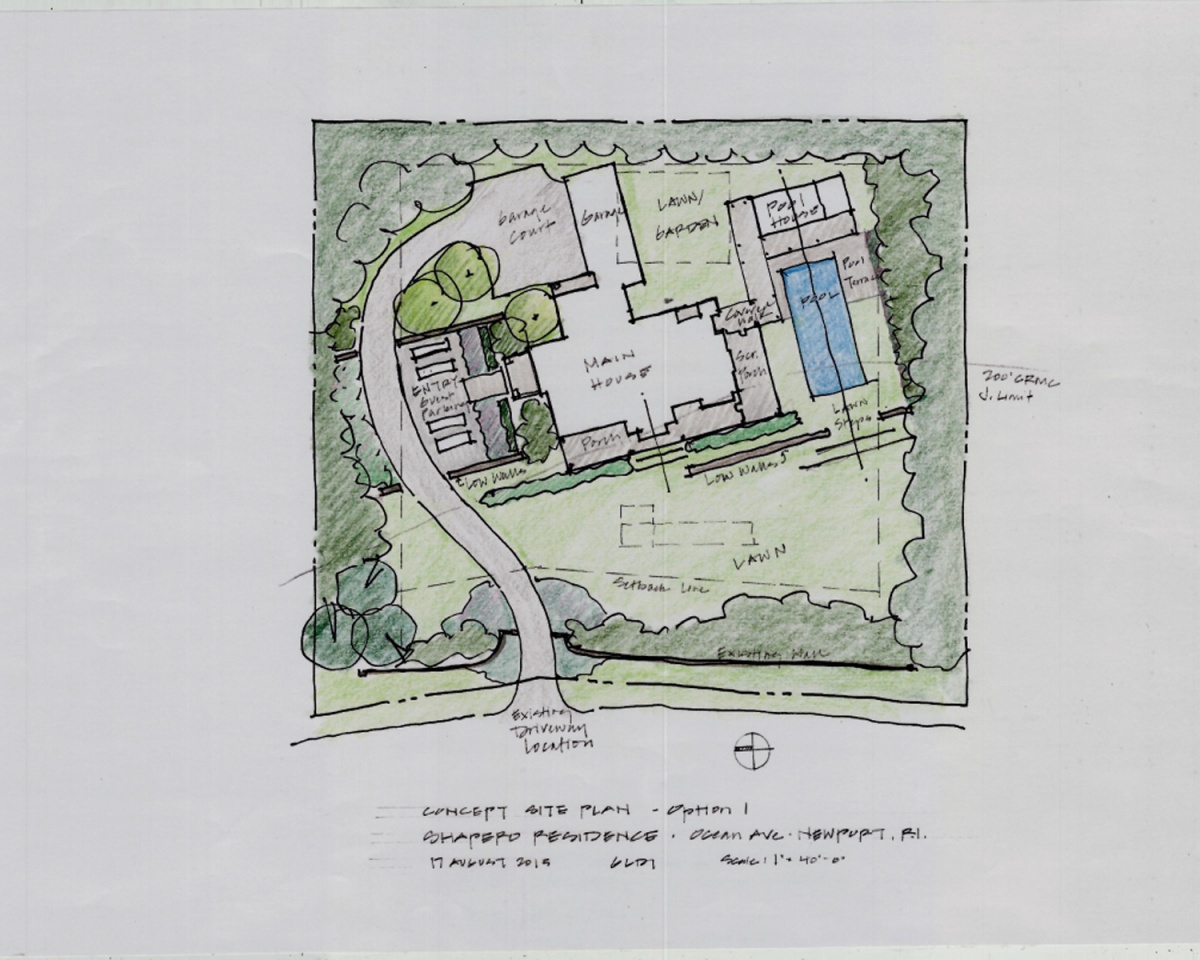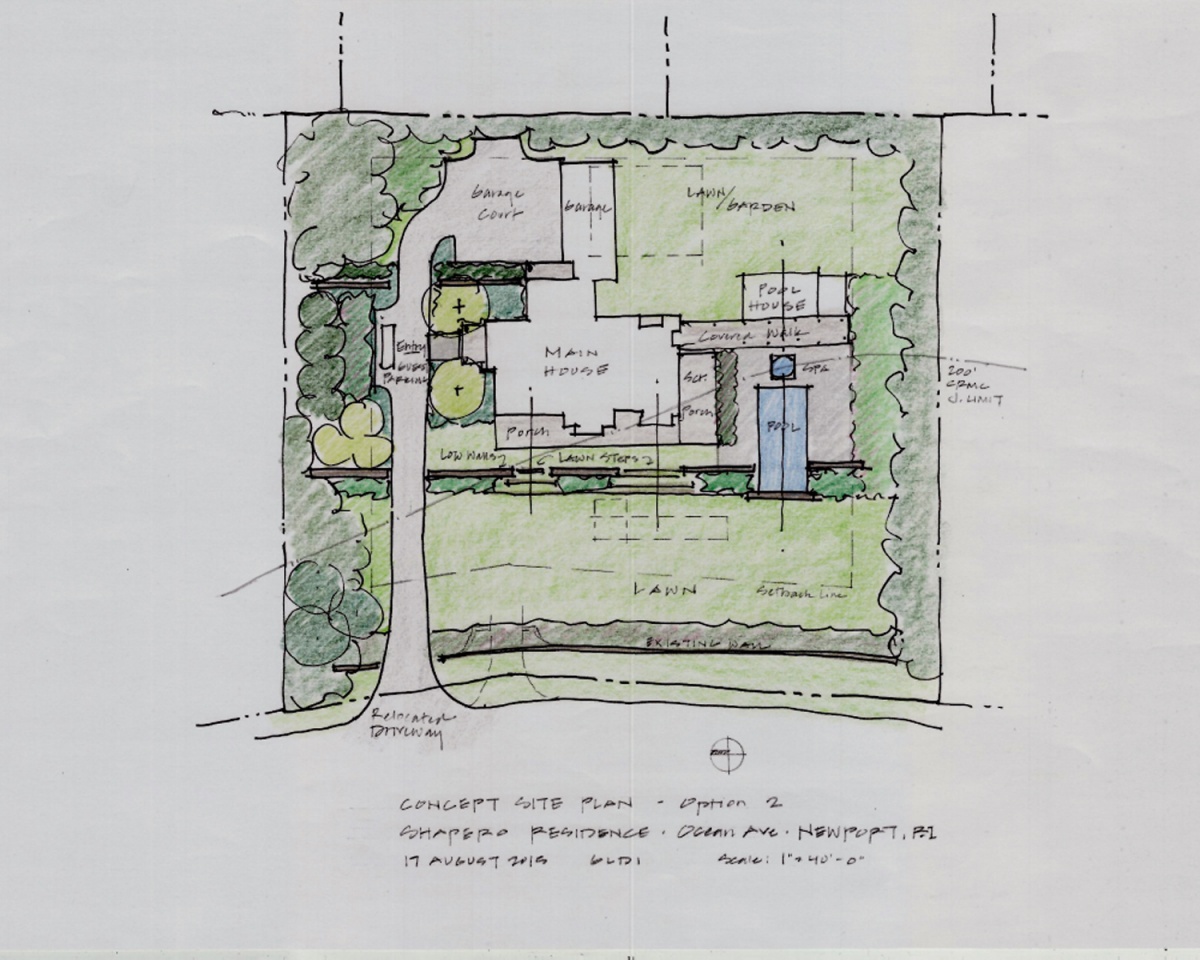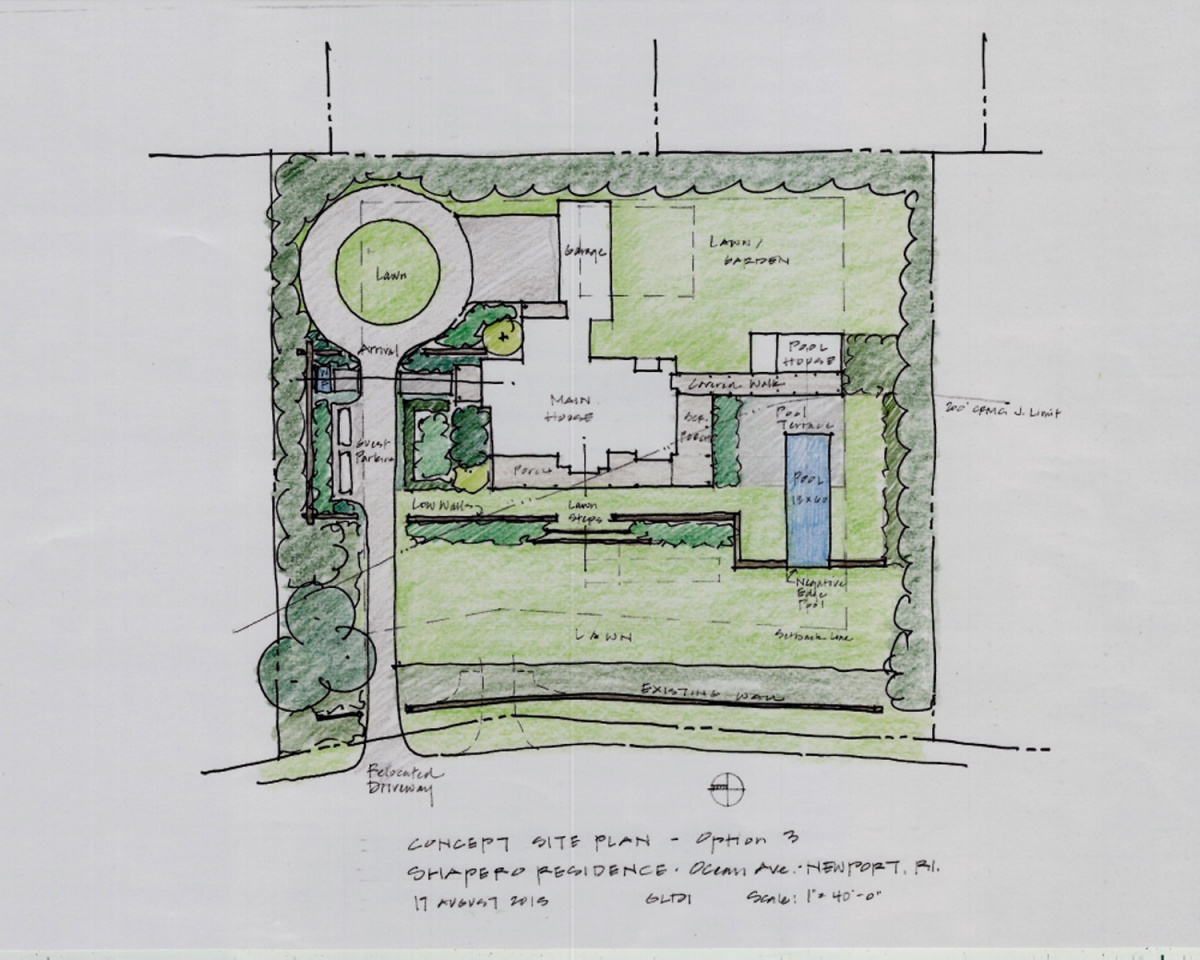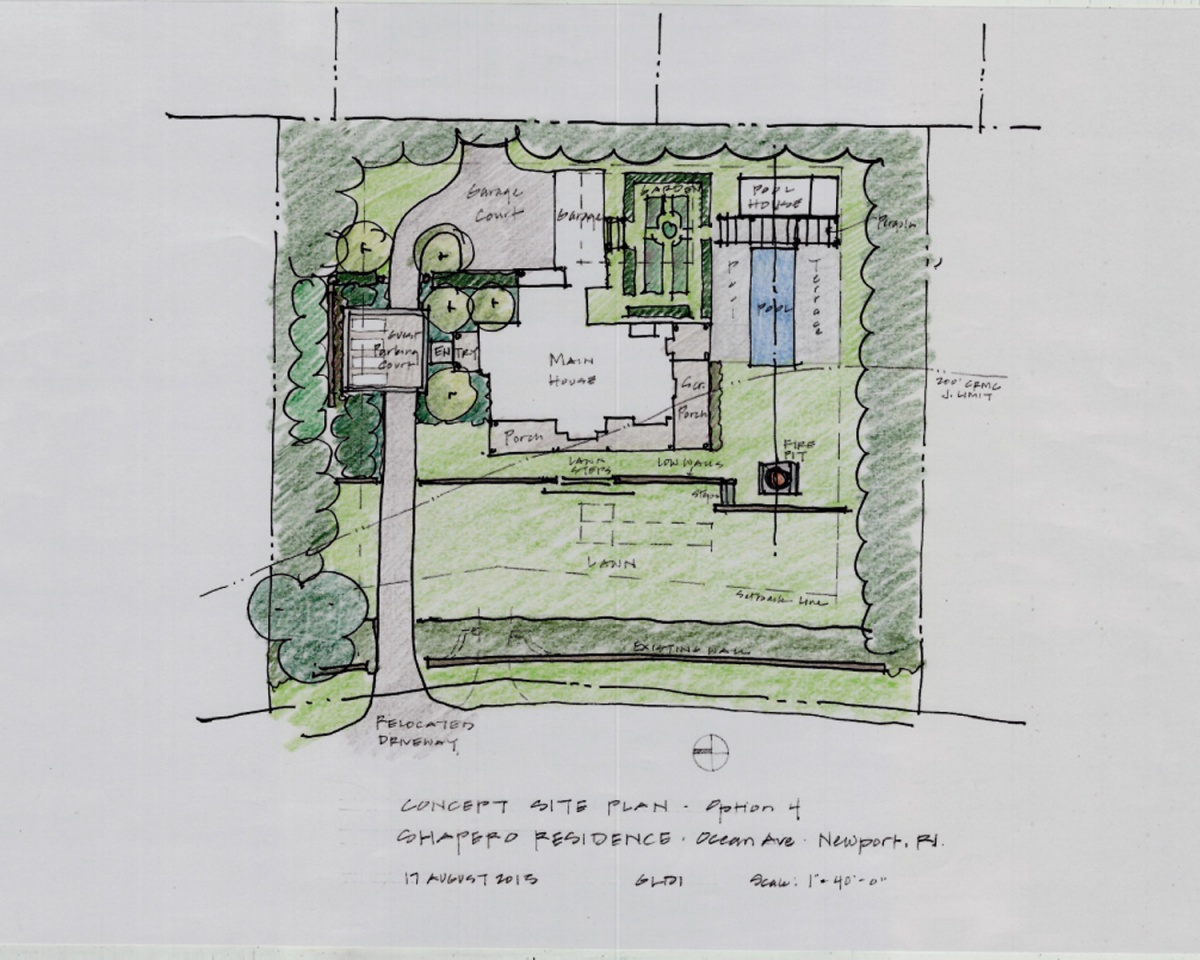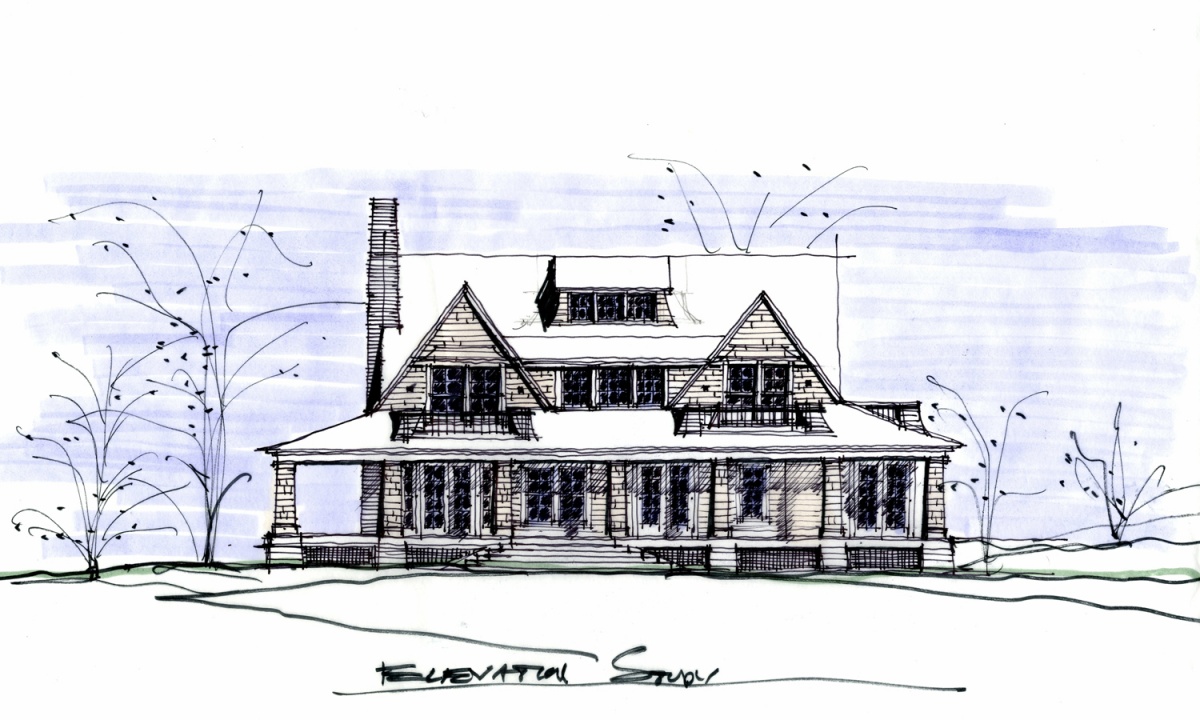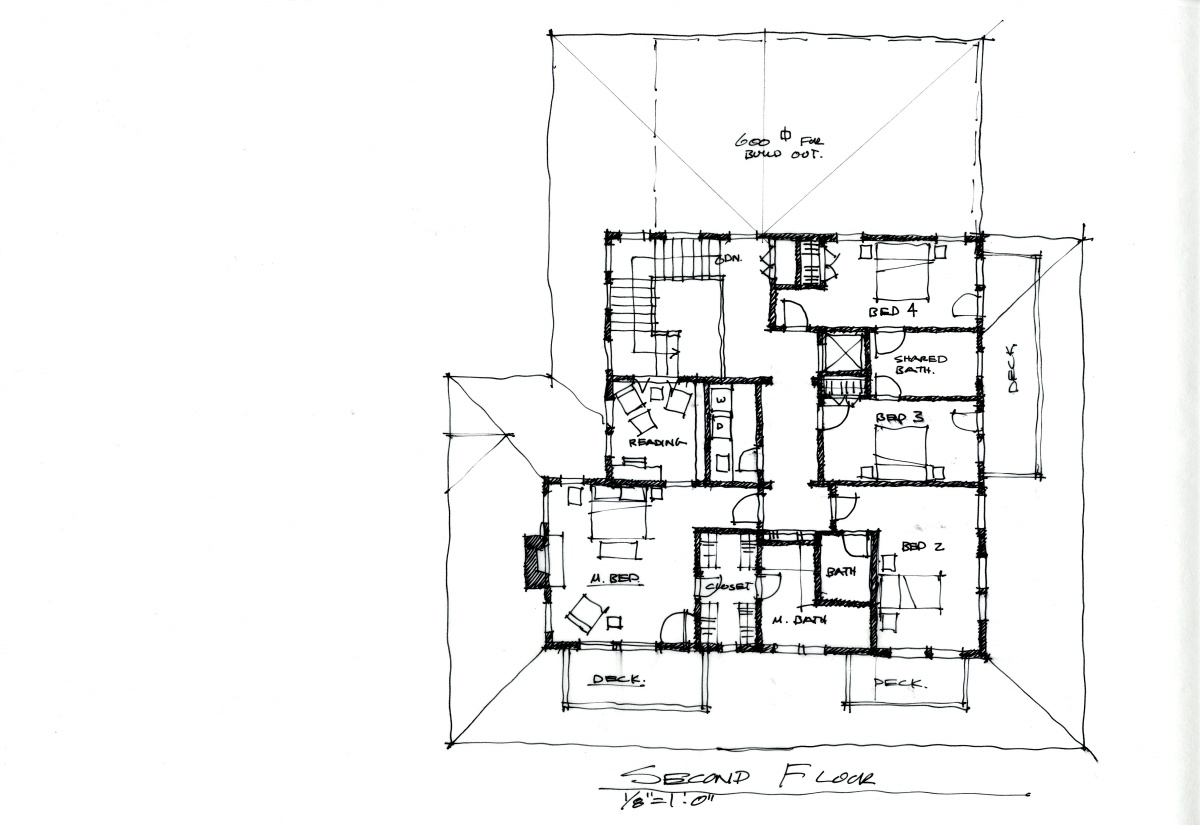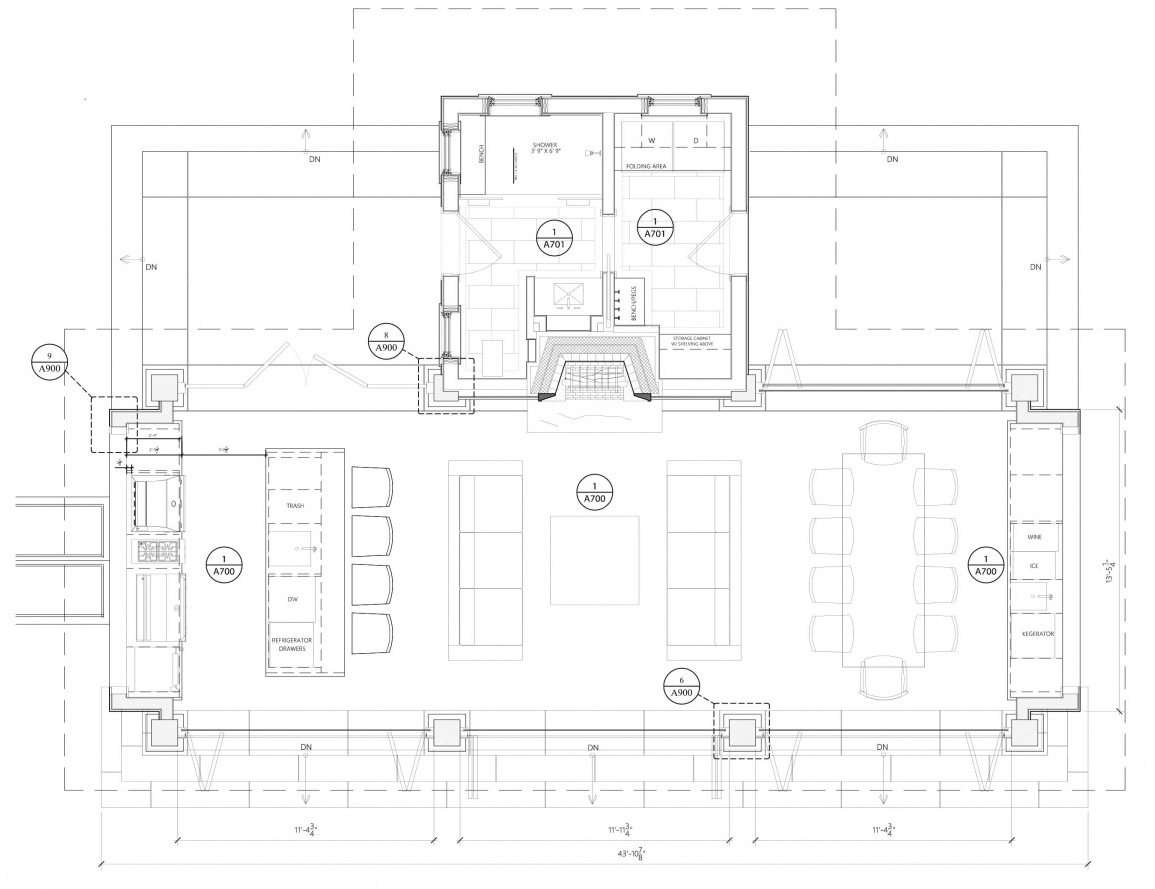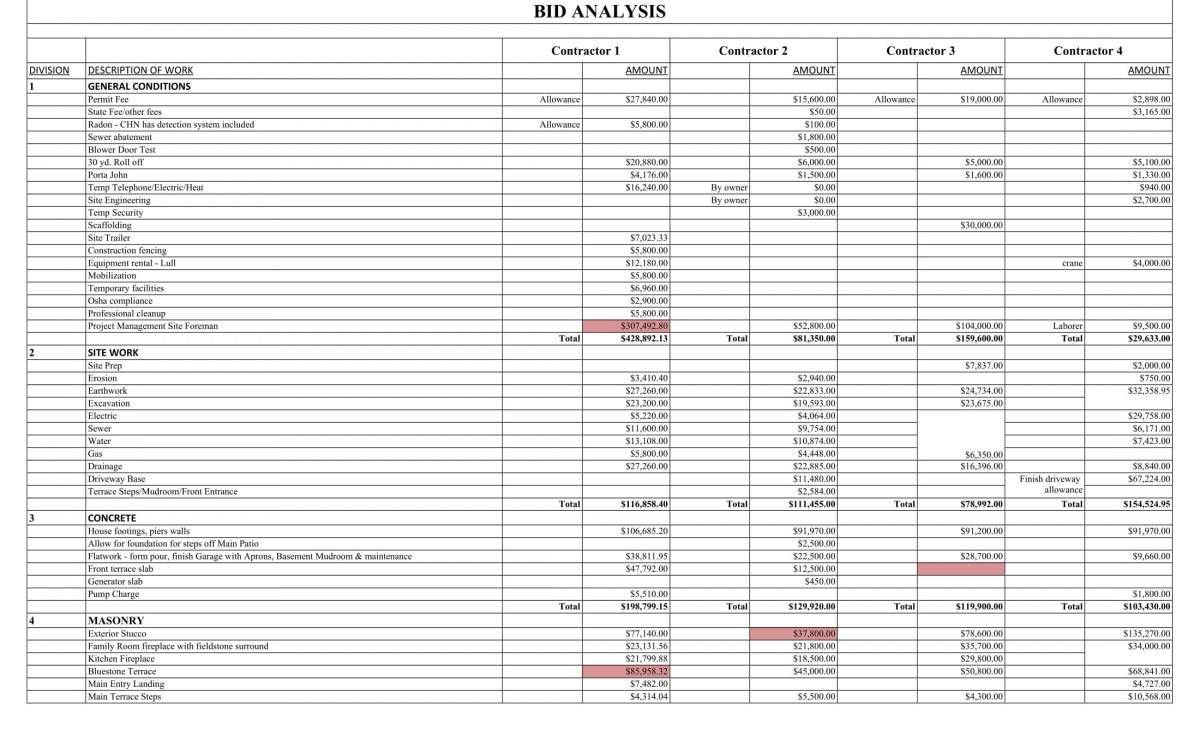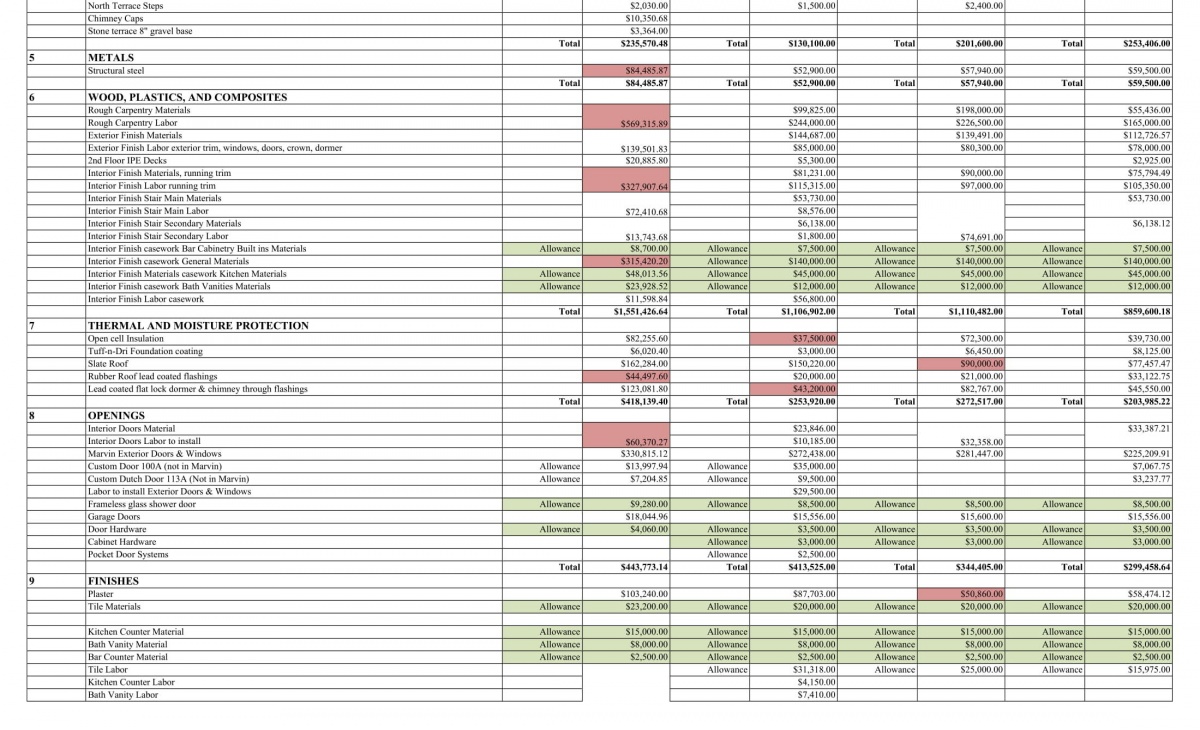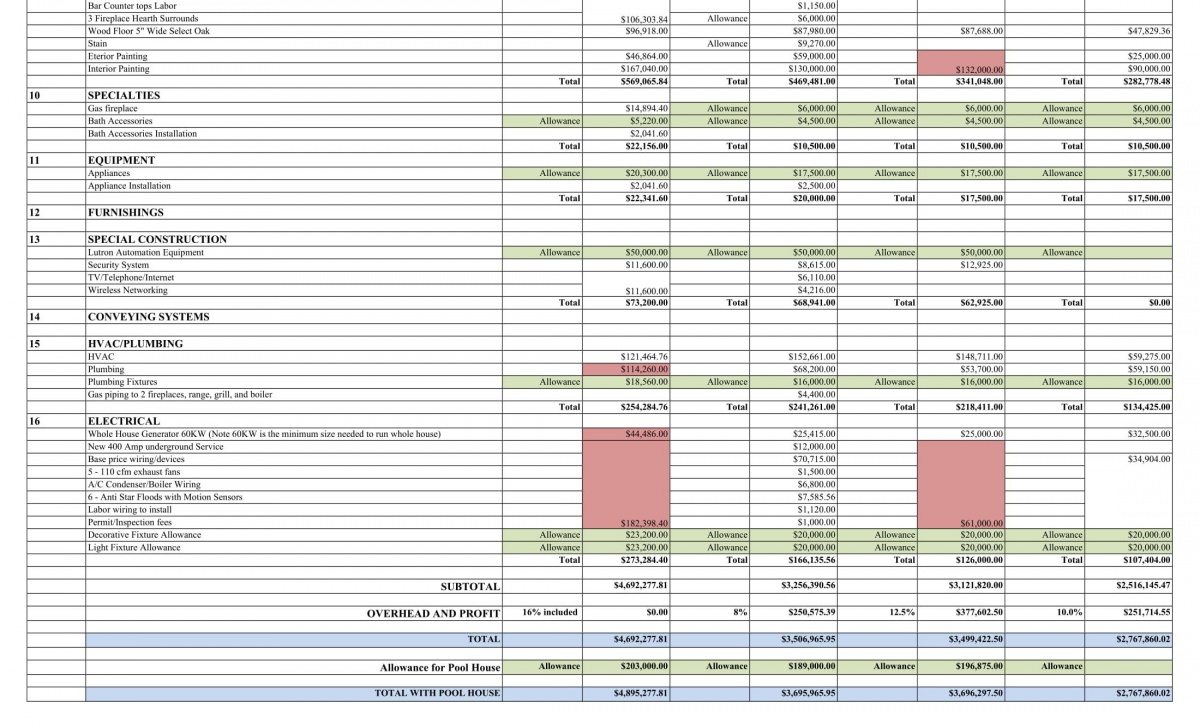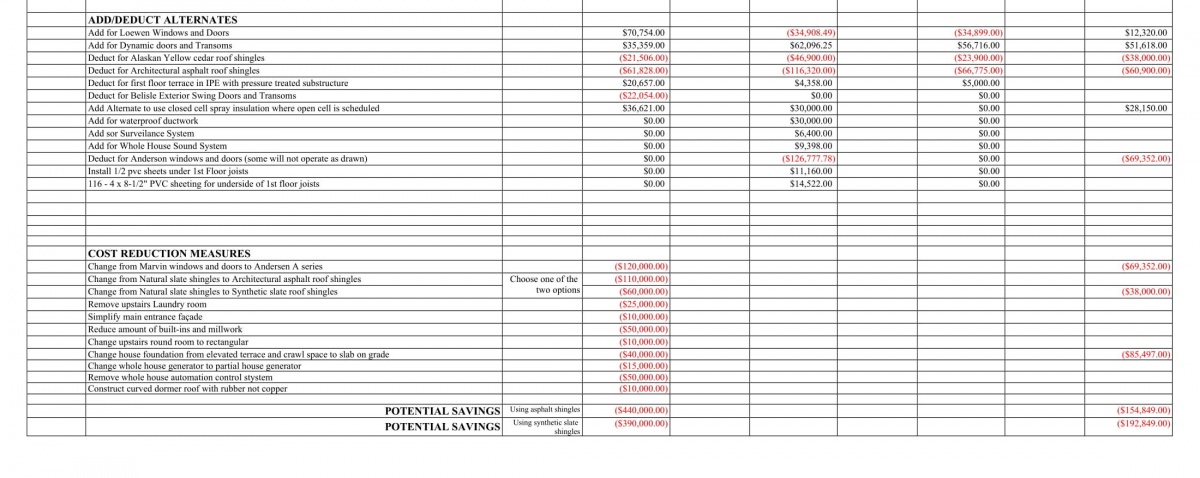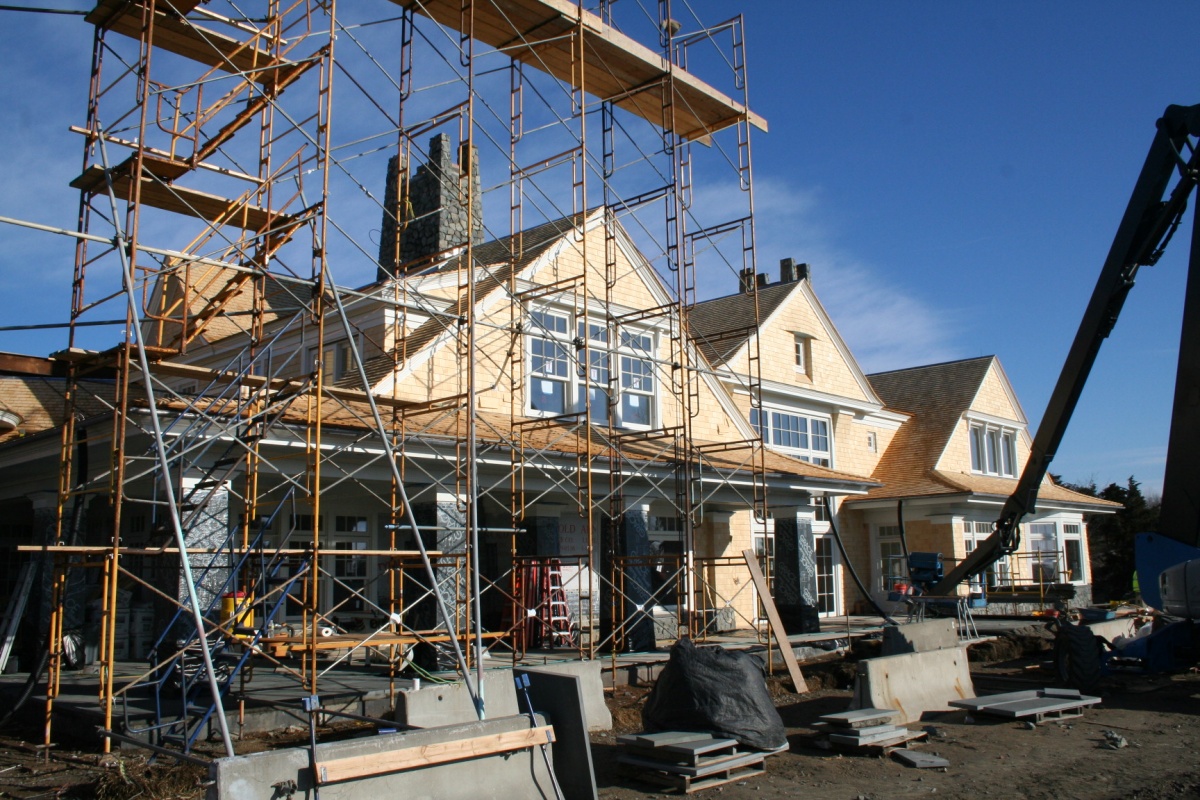Design Process
The guiding principle at Paul Weber Architecture is all about respect for the client and the client’s vision. It is a fundamental premise, and it informs every step we take in the development of a scheme. The design process is a blend of collaboration and coordination, of poetry and pragmatism, of empathy and aesthetics. We make sure that the client’s personal objectives are vetted, appreciated and fully engaged. Our team of designers and craftsmen makes the best use of your time, ensuring that you understand and participate in decisions that point to the very best outcome for you. Our goal is to exceed your own expectations.
DISCOVERY: We listen intently to learn about you and understand your vision.
EXPLORATION INTO SOLUTIONS: Through a process of inquiry we confirm the right approach, then present a range of schematics to outline viable options before deciding on the best solution.
DELIVERY: We adhere to a detailed and dedicated system of delivering your documents and fulfilling your requests before, during and following the completion of a project.
